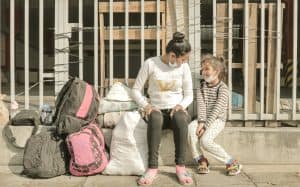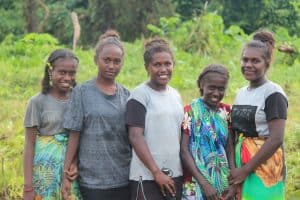Ten-year-old Plaxedes was so excited about her new school in Zimbabwe that she went to class early. About three months early. The foundation had only just been laid when she arrived at the site of her future school—one of 10 ADRA classroom blocks being built in the Gokwe North District—and offered to help.
Community members tasked with molding the bricks gratefully released their children into her care, and every day Plaxedes returned to the site to babysit.
Her hopes took shape with the building, and as the walls went up, Plaxedes dusted off a dream that she had long thought impossible: to become a nurse.
“Six months ago, I thought I could never be a nurse,” the second-grade student said. “But when I look at the school that ADRA is building, I am now positive that I can be.”
Before ADRA’s classrooms, Plaxedes was going to school in a dimly lit mud hut with only a log for furniture. The small and uncomfortable space made learning difficult; the rainy season made it virtually impossible. Plaxedes attended as often as possible, but she began to lose faith in her goals for the future. She knew this mud hut classroom could not give her what she needed.
These mud hut classes are common in Gokwe North, where the nearest proper school is often beyond walking distance. Because they cannot afford to send their children so far away, communities build these “satellite schools” of mud and sticks in the belief that a little education is better than none at all.
ADRA came to the area with a plan to build five schools in five local villages. Each school comprises two classroom blocks, two latrines, one hand-washing station, and a rainwater-harvesting tank. The combined enrollment of these schools is 1,455 students.
That means Plaxedes and 1,454 other children have the chance to develop their dreams and imagine a new future. And for many of these students, their dreams may now very well come true.
“I am thankful for this school,” said Plaxedes. “Education brings me hope.”









